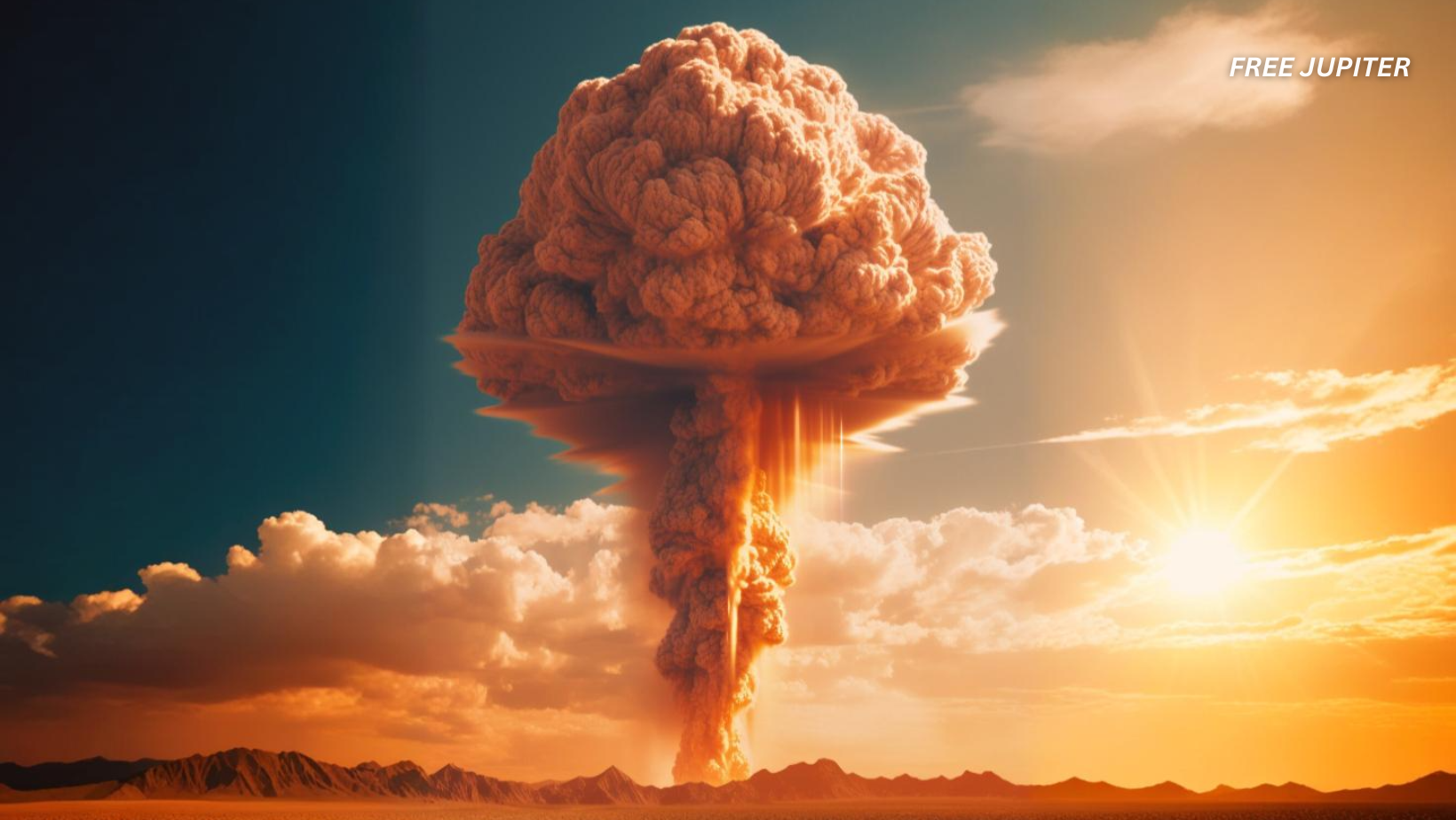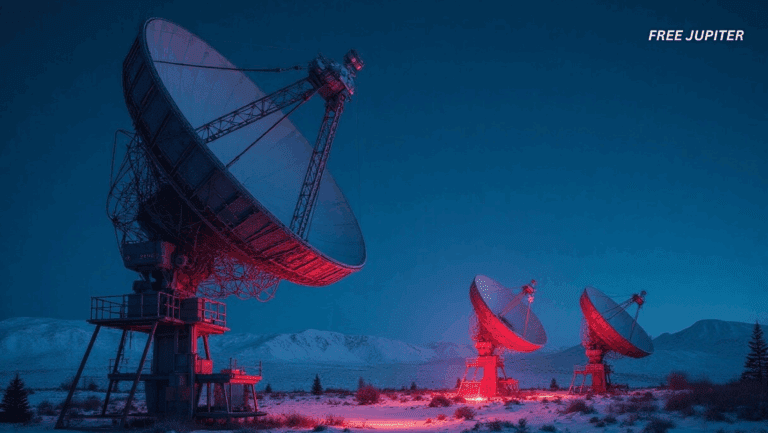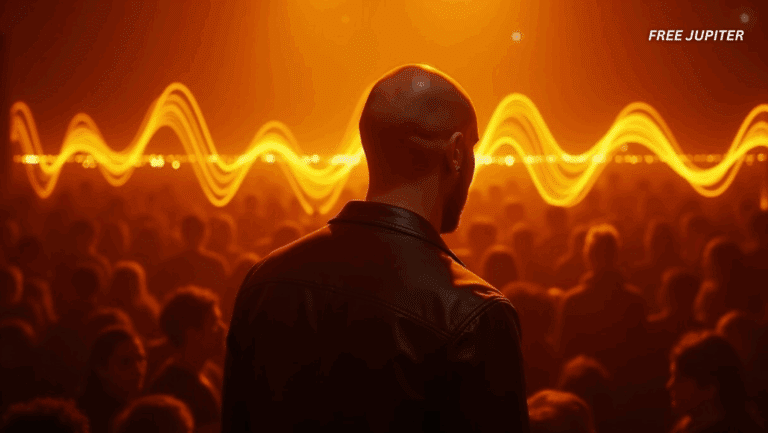A remarkable hypothesis has resurfaced in academia, inciting interest and incredulity in equal measure. It is that Mars, the barren Red Planet with its dusty plains and cratered wastes, was at one time a home to a highly developed civilization—a civilization destroyed by a doomsday nuclear cataclysm. This unpopular theory, which was put forth more than a decade ago by Dr. John Brandenburg, a physicist at Harvard University-affiliated organizations, recently went viral once again amid surging popularity for unconventional theories of life elsewhere in the universe.
Dr. Brandenburg first proposed this radical concept in 2011, suggesting that intelligent life once thrived on Mars before being wiped out by a cataclysmic, planet-killing disaster. His theory suggests that this disaster was not a natural one—a calculated and deliberate nuclear attack. The alleged attackers? An alien race with aggressive motives. These occurrences, he maintains, wiped out two Martian civilizations he calls the Cydonians and the Utopians.
At first glance, the story can be likened to the plot of a science fiction epic, reminiscing of plots in movies such as The Edge of Tomorrow or War of the Worlds. Dr. Brandenburg, however, insists that his hypothesis is rooted in scientific observation, especially when it comes to the study of Mars’ atmospheric makeup and surface features.
The Red Tint of Mars: More Than Iron Oxide?
Scientists have long credited the red color of Mars as the result of iron oxide, or rust, that coats its surface. But Dr. Brandenburg has another explanation—one with a much greater flair for drama. He says the red coloring might be evidence of radioactive fallout, the last remains of a great thermonuclear explosion that once ravaged the planet.
Supporting this hypothesis are his findings concerning the Martian atmosphere, which allegedly has unusually high levels of some chemical elements, specifically isotopes that, on Earth, are typically found in association with nuclear explosions. One such element is Xenon-129, a stable, non-radioactive gas that, in large amounts, can be a sign of nuclear activity. On Earth, high levels of Xenon-129 are most commonly associated with the residue of thermonuclear tests.
Read more: NASA’s Curiosity Rover Detects The Largest Organic Molecules Found on Mars Yet
A Martian Signature Unlike Any Other
As argued by Brandenburg and his adherents, perhaps the most convincing evidence of this theory is the anomalous isotopic signature of Xenon-129 that has been discovered in the atmosphere of Mars. As described by philosopher and science fiction author Jason Reza Jorjani on a recent episode of the Danny Jones Podcast, this isotope is found in much greater concentrations on Mars than anywhere else in our solar system.
“Every planet has a certain ratio of isotopes in its elements,” Jorjani observed. “But Mars is different. Its concentration of Xenon-129 doesn’t correlate with Earth or any other body in our solar system. It implies that something unusual occurred there—something possibly artificial in nature.”
Jorjani went on to say that the fact that Xenon-129 was present here is just what one would naturally expect to see from a thermonuclear blast. In their estimation, and according to him, the patterns are not coincidental or haphazard but have a very particular and recognizable signature. One, they maintain, which could not be confused with natural geological activity.
Skeptics Push Back: Where Is the Crater?
Although the theory has been able to find some traction among an inquiring portion of the public and independent minds, it has been greeted with significant opposition from the mainstream scientific community. Experts cite the absence of conclusive physical evidence—such as a large crater or extensive blast patterns commonly found with nuclear explosions.
In addition, the original paper outlining Brandenburg’s allegations was released in a fairly low-profile scientific journal, which calls into question the peer review and credibility behind the observations. NASA and other space agencies have also spoken out, warning against drawing conclusions too quickly based solely on isotope measurements.
NASA, for example, admitted to seeing small increases in Xenon-126 levels in Mars‘ Cydonia region. But they explained this as resulting from natural phenomena such as surface impacts and geological outgassing—processes where gases leak out of Martian ground and rocky material over a period of time. These explanations are said by them to adequately explain the observed anomalies without calling into play extraterrestrial warfare.
Read more: Aliens Are Actually Real And There’s A Government Cover-Up, Explosive New Documentary Claims
CIA Connections and Remote Viewing Mysteries
In spite of the cynicism, interest has been renewed in Brandenburg’s theory partly as a result of the recent revival of interest in a peculiar document regarding the CIA. In the 1980s, the agency carried out “remote viewing” experiments—a method of extrasensory perception whereby people report seeing distant or invisible targets through the use of the mind alone. One of the participants, Joe McMoneagle, was instructed to visualize Mars millions of years ago.
This experiment, performed at the Monroe Institute under contract with the CIA, is said to have yielded vivid reports of towering spires, intelligent beings, and evidence of a cataclysm that caused their civilization to crash. Although such reports are extremely speculative and impossible to verify by conventional scientific measures, they have nonetheless contributed to the sense of intrigue.
Jorjani connects these discoveries with Brandenburg’s thesis, positing that if both sources are taken together, they indicate a nuclear event which potentially took place close to a hundred million years ago. Mars was, by his account, a vibrant, living planet once a world which was all but annihilated by unspecified forces.
Read more: Engineer Claims He’s Found A Way to Overcome Earth’s Gravity
A Theory at the Crossroads of Science and Speculation
The idea of a nuclear holocaust on Mars persists, at best, as a theory—a combination of science, philosophy, and imagination. Its attractiveness is not merely in the potential for intelligent life to have previously existed on a nearby planet but also in the mystery and theatrics of its suggested destruction.
For some, Brandenburg’s work is an open call to reconsider what we believe we know about Mars, challenging the limits of what is acceptable scientific discussion. For others, it is a warning against leaping to sensational conclusions without adequate evidence.
Still, whatever one’s position on the question, the theory has indisputably renewed public interest in the Red Planet. With space agencies continuing to launch more sophisticated rovers and orbiters to Mars, and with private entities such as SpaceX forging ahead with plans for Martian colonization, it is possible one day that we will discover more conclusive evidence about Mars’ history.
Was there ever intelligent life on Mars? Did a nuclear apocalypse once envelop its civilizations in radioactive flames? Or is the truth much more prosaic than we can possibly comprehend? Until definitive evidence arises, the enigma of the Red Planet’s history remains precisely that an enigma, breeding both awe and speculation.










